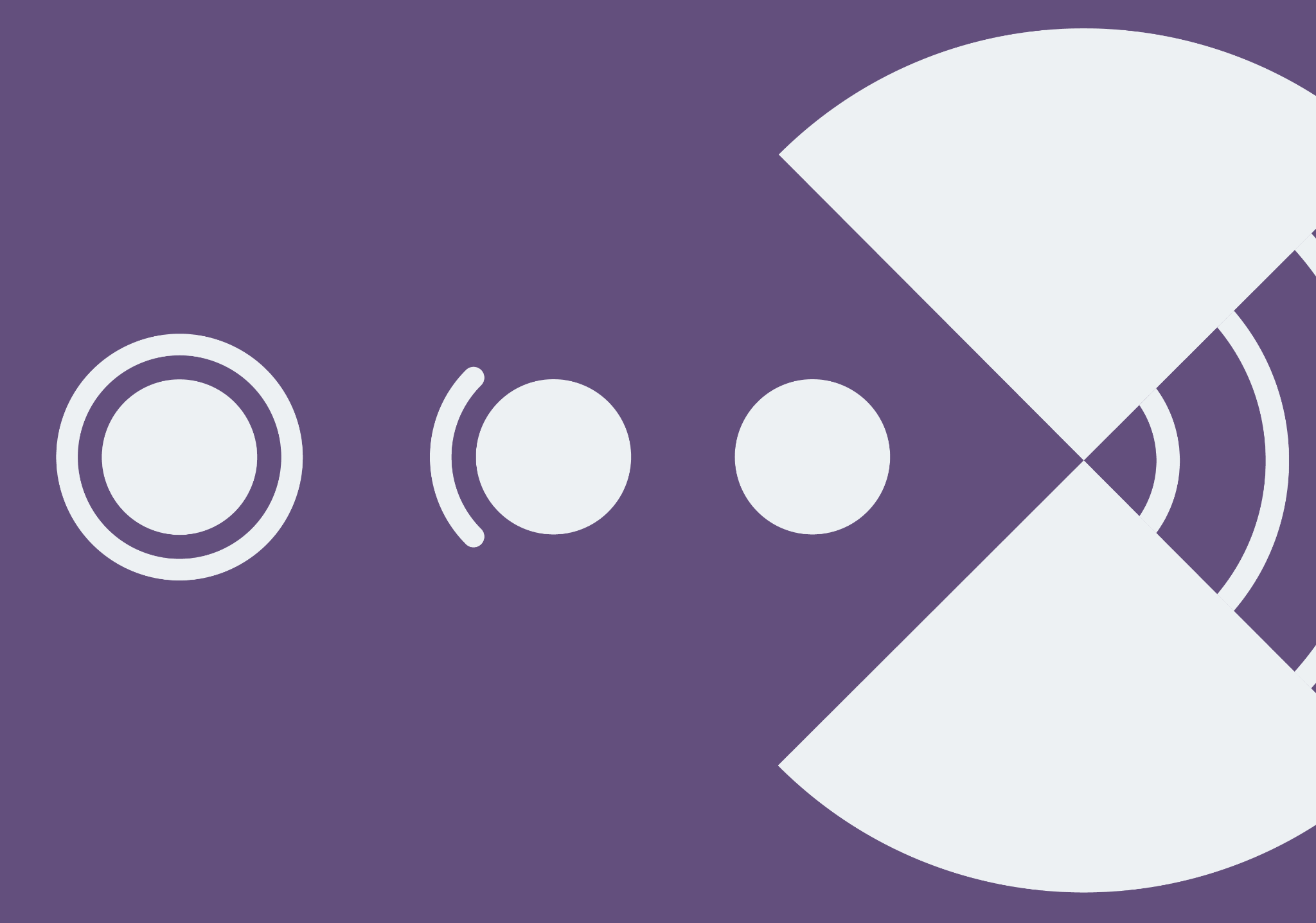4Bringing data closer to business
In 2023, the surge in all-in-one Data Platforms/Data Lakes is evident. Previously exclusive to major conglomerates in sectors like pharma, finance, and tech, these platforms are now accessible to smaller and mid-cap firms.
Recognizing data's value, smaller entities, such as healthcare firms and private banks, are investing in infrastructure to enhance operational efficiency and remain competitive. Lacking vast IT resources, these companies opt for comprehensive "one-platform" solutions, anticipating their needs over the next 5-10 years. These platforms cater to needs like data processing, lineage, cataloging, health checks, and data quality metrics. Additionally, they offer AI and ML capabilities, emphasizing auditability, bias tracking, and experimentation. A user-friendly interface for those with minimal technical know-how is essential.
The data platform market is fiercely competitive, with giants like Databricks, Snowflake, Dataiku, and Palantir Foundry at the forefront. Support, quality and cost are pivotal for customers. There's a paradigm shift towards treating data not just as a resource but as a product, necessitating clear ownership and roadmaps. Data now drives analytics and decision-making. Effective data management, especially in regulated sectors, requires robust governance and investment. However, many organizations, even large ones, grapple with fragmented and inefficient solutions due to a lack of a unified approach.



